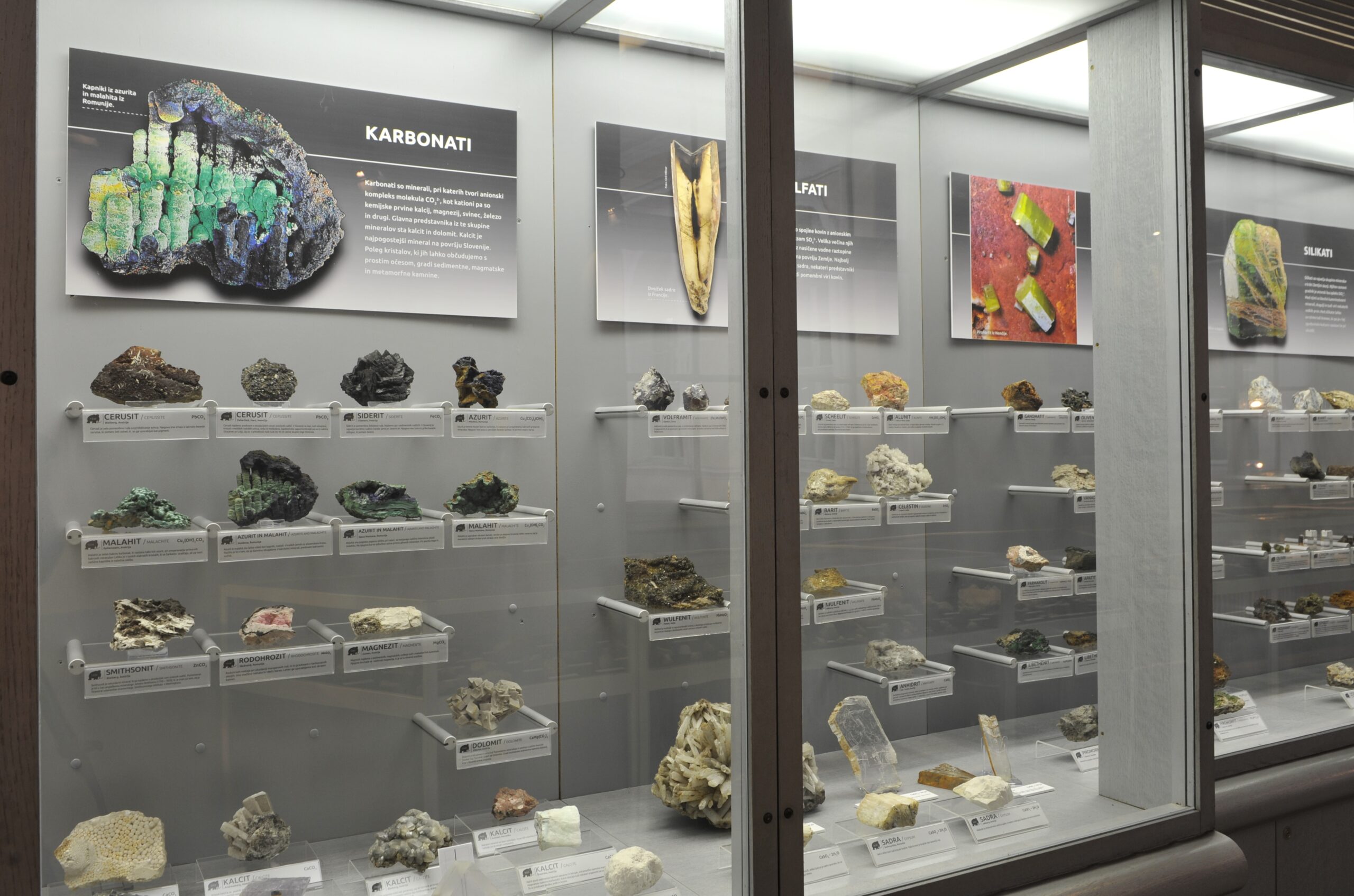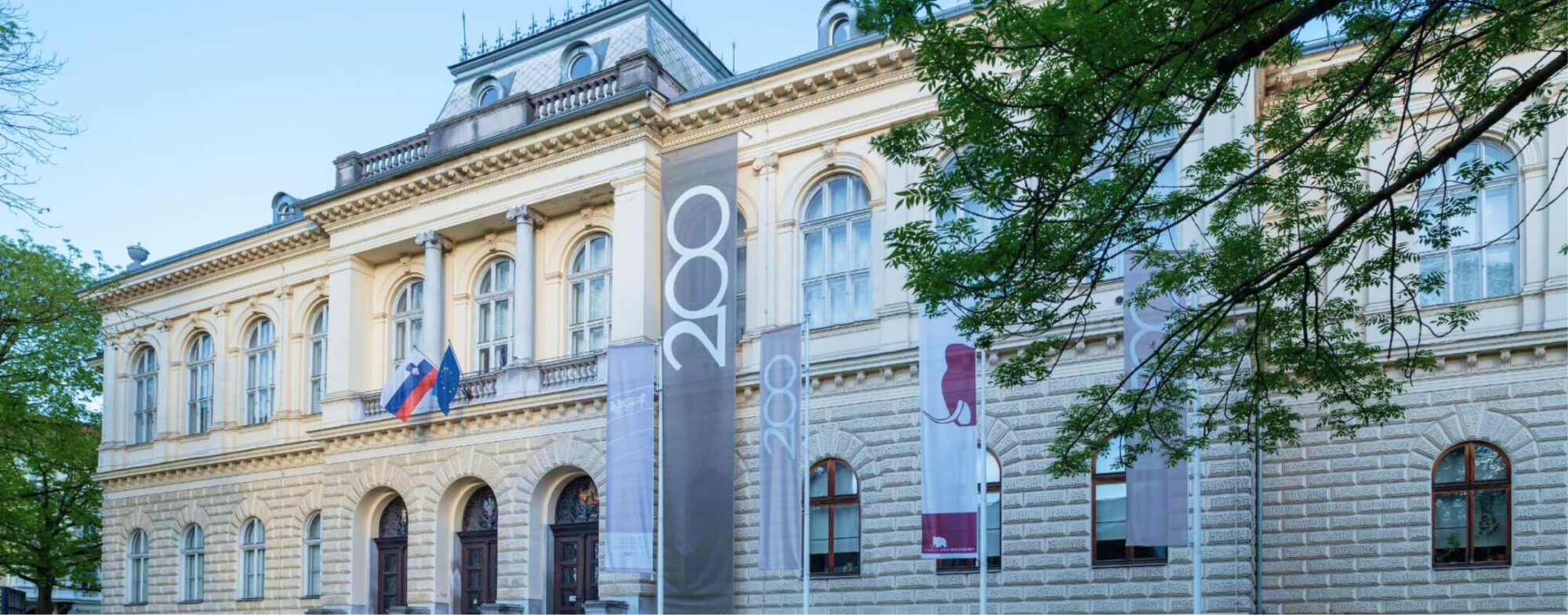One of the oldest, most attractive as well as historically significant mineralogical collections is the Zois Collection. It contains approximately 5,000 specimens of minerals and rocks. Currently, about 300 specimens are on display, while the others are stored in the depot where the non-exhibited objects are kept. This is the founding collection of the first museum in Slovenia. Even a quick glance at the collection indicates that the minerals differ from each other in their colour, shape, size and lustre. Furthermore, they differ in hardness and abrasion. If we have a close look at the minerals, we shall see that some have perfectly formed crystals. These are bodies that are bounded by flat surfaces. Crystals of individual minerals differ from each other due to their internal structure, chemical composition and the conditions in which they were formed. Large and perfectly shaped crystals are formed when favourable conditions predominate at the time of their formation. It is of utmost importance that minerals have enough time and space to crystallize undisturbed.
The minerals on display are arranged in accordance with the modern classification. Their arrangement is based on their internal structure. Initially, the naturally occurring elements are classified. These are followed by sulphides, then oxides and hydroxides, different salts, silicates and organic compounds.
The collection comprises the mineral zoisite, named after Sigmund (Žiga) Zois, the collection’s original owner. As an expert in minerals, Zois assessed that this was a new and till then completely unknown mineral. That is the reason why it was eventually named after him.



